For two years now, the entire world has been faced with the COVID 19 pandemic and its devastating economic, political, social and, of course, cultural consequences. For two years we have been living in the paradigm of social distancing and limited movement in the public space, which has forced us to take refuge online. Same with the entire local art community, which, during the government restrictions, sought to adapt and find new ways to bring art to the public. Whether we are talking about viewing rooms, movie archives made available to the public online or the increased interest in the new NFT market, the Romanian cultural space has been constantly coming up with new initiatives to stay active.
The eART35 platform, launched this year by Raluca Oancea and the Ephemair association, has proposed an x-ray of all these changes, as well as their usefulness and how they affect the artistic production itself. Through a series of discussions that took place throughout the summer, in Bucharest, Cluj, Arad and Iași, various Romanian artists, critics, curators and university professors examined where the art world is heading, while questioning the relevance of virtual tours in galleries, the impact of recorded talks, meetings or zooms that have mediated communication, education and art consumption in recent times.
eART35 facilitated the dialogue between numerous cultural actors, including Irina Botea, Suzana Dan, Daria Ghiu, Cristian Iftode, Iosif Kiraly, Raluca Paraschiv, Călin Man, Nita Mocanu, Horea Avram, Ruxandra Demetrescu, Raluca Oancea, Mara Rațiu, Mihai Laurențiu Fuiorea , Cătălin Gheorghe, Cristina Moraru, Mirela Tanta, Irina Botea, Cristina Curcan aka Musz, Lucian Indrei, Simona Vilău and others. They analyzed the paradigm of online transmutation of cultural activities, speculating on a nebulous future which is deeply marked by the economy of attention and the accelerated pace of online information, especially when it comes to artistic content.
To accompany the theoretical approach of this endeavor, eART35 also organized an art exhibition to bring to life what was discussed throughout the project: How is artistic production affected by movement restrictions? What effects do social distancing and prolonged time spent at home have on the psyche? What sources of inspiration can contemporary artists find within the new virtual technologies, which have become ubiquitous as of late? The art show A Guide To Survive the Internet Age, which took place at Leilei Gallery in Bucharest during November 12th-20th, presented the visions of contemporary artists who belong to all generations, from the esteemed reVoltaire (part of kinema ikon, with the work Esoth Eric, also presented at the Venice Biennale in 2003) and artists such as Lucian Indrei and Musz (who have been active on the local stage for several years now, especially in Cluj-Napoca through the Lateral Art Space interface), to young artists, students, who made their artistic debut in the heart of the pandemic context. In a coherent and fluid manner, the exhibition proposes numerous creative instances and a variety of mediums through which the artists related to the informational chaos of virtual living.
Now, more than ever, the scenarios imagined by Guy Debord, Jean Baudrilliard and Donna Haraway seem to be playing out simultaneously: reality has become increasingly difficult to distinguish from the virtual, we have become the spectators of our own lives through social media, we have access to technologies that allow us to construct and live multiple lives online and we are witnessing the collapse of the concept of time. This new rhizomatic existence, facilitated by the almost magical technology of the Internet, has brought us one step closer to the transhumanist ideal. The accessibility and, especially, the indispensability of smart phones has transformed these devices into true extensions of contemporary man, perpetually fixed in the small bright screen – access to the global zeitgeist. Beyond the infinite scroll through memes, fake news, ultra-edited selfies, instant messages and therapeutic online shopping, lately we have become even more attached from our phones. For Marta Mattioli, her smartphone becomes anthropomorphized in Teaching my Phone How to Have Feelings, a video that presents the artist engaged in a repetitive dialogue, through IMs and emojis, with her phone. Musz also addresses this almost obsessive attachment to our devices through a huge series of screenshots of her phone in certain moments of synchronicity: 11:11, 23:32, 11:22, etc. The zoomer community on TikTok would call these coincidences angel numbers – signs from the universe, but the work Halfway Happy rather illustrates the frequency with which the artist checks her phone screen during the pandemic. When living in such times, marked by apathy and the need for distractions, can we still talk about messages from the universe when we are constantly on the phone?
These works draw a connection with the real world, providing a starting point for imagining the transition from real to virtual. Among these we also find the lenticular prints of Lucian Indrei – two portraits with his two cats, Mr. Minou and Princess Bubu. These domestic photos speak both of our ever-growing attachment to pets, especially now that we spend so much time at home, and the need, typical of contemporary artists, to document their lives and identify new artistic models for viewing the personal space. Certainly, the fact that the two portraits show cats, the darlings of the internet, does not seem to be accidental. Some of the most iconic memes of the millennium are with cats – artifacts of the present. How might these images look to archaeologists of the future?
This was the concept behind the work Artefact (Autorecoverd) signed by the young Emanuel Ștefan, a sculptural object like a cement photo frame of an irregular shape, which presents the image of a fantasy sword and a manga/anime character in the background. Successfully drawing from the new online aesthetics (inspired by fantasy, medieval aesthetics from some video games, etc.), Ștefan works with rough elements such as thorns, cement or weapons, which he then mixes with the style of Japanese animations – once a cultural niche that has grown immensely in popularity in recent years, especially online –, hearts, diamonds and other cute imagery. Indeed, the internet produces what appear to be an infinity of images every day, some imputed by users, others generated by rudimentary artificial intelligence. Toma Ștefănescu played with these AI generators that create images starting from descriptions or even other images. His Deflection/Voice Assistant is a virtual collage which, from a distance, resembles the familiar image of a desktop, with an open browser, various applications and some pop-ups. But, on closer inspection, the entire composition is, in fact, riddled with virtual simulations, digitized contours that are just reminiscent of a computer screen.
Of course, the Internet is a wealthy source when it comes to images, aesthetics, image alteration technologies and much more, but let’s not lose sight of the fact that many of these representations actually have an advertising role – ads circulating in the service of capitalism. The Internet has also facilitated access to products and services of all kinds, from all over the world, at just a click’s notice, and the emergence of crypto currency has had a profound impact on the economy.
In the video installation Valuta Mondială, Selina Ylmaz imagined the funny scenario in which there would be a cryptocurrency for the Romanian TV station Taraf TV, famous for its requests of manele music clips sent by the public, for a specific fee. In the same humorous key, the work ORTHOX Coin, by Ema Motea and Alexandra Drăgulinescu puts forward the ORTHOX cryptocurrency through which goods and services can be purchased from the Romanian Orthodox Church: from simple candles to tombstones made of gold or jade, from wedding services to funerals. Both works refer to two local institutions in which money plays a very important identity role, but in extremely different ways: in the manele universe, a genre of music that has been perpetually marginalized by society and with musicians who were always resilient and cheerful, money represents a symbol of status, a measure of success and a kind of value gained through talent and a lot of dedication; on the other hand, for BOR the money circuit is always hidden from the public eye, although it is common knowledge that the church’s fortunes come straight from the pockets of millions of parishioners. In their videos, the three artists managed to outline a conceptual contrast between these two different views on money, which is then unified under the all-encompassing umbrella of the crypto currency that stormed the global economy. It would not be surprising for these two imaginary coins to become real one day. Another funny take on the locally translated concept of crypto is Crypto Coada by young artist Alex Antonescu, who isolated a small corner of the gallery, where visitors could enter one by one, to watch his animation illustrating various types of old folk going to the market or pharmacies, but paying with their own cryptocurrency.
In the virtual world, history acquires new facets, time is no longer linear and it seems that we are living several eras simultaneously. Web archiving technologies allow us to access and revisit historical events, which are rendered with the utmost accuracy. Moreover, when it comes personal stories, social platforms, blogs and all the websites we have ever accessed record the digital footprint of each individual. Confronting personal narratives with the timeline of contemporary history, mediated by the vast information network of the Internet, can be truly revealing. Dan Chiş began such a venture for The Hungry Ghosts Will Take Care of Our Empty Cradles, a personal investigation in the form of a video collage of his date of birth, a day marked by a tragedy that took place at the very hospital in Oradea where the artist was born: a bacterium that killed all the newborns, except Chiș. The artist began to gather all the media information, of any kind, existing about that day, only to find that there is nothing in the press related to this unfortunate event. Thus, he made a video collage with all the information he had access to, presenting a reality totally detached from what happened. We are witnessing an archaic instance of fake news, in the form of omitting certain events from the media circuit and proposing other narratives that are just as real or valid.
It is no coincidence that the internet is called the hivemind, a rhizomatic system inspired by the neural connections of the human brain, which works according to the same laws of understanding, storing and correlating information. The artist Dragoș Dogioiu created the interactive work VR Soma, which allows a veritable look inside the synapses that keep our memories cohesive. With the help of VR glasses and controllers, participants could penetrate and move through the artist’s brain to several points of interest: bright memories, which attract users to them, presented as family videos from childhood holidays. These videos are blurry, interrupted by still images, just like real memories whose quality is lost over time – similar to how all the information circulating online will eventually deteriorate. This parallel between memory and the virtual network is highlighted, within the exhibition, by a physical network of strings that conceptually ties Dogioiu and Chiş’s works.
The exhibition A Guide To Survive the Internet Age brought together various works that present a convincing simulation of online existence, cleverly transmuted into the physical space of a gallery. As a reversal of the current situation, eART35 brings the virtual to reality and puts into practice scenarios of possible futures that do not appear as dark and menacing. The Internet has proven to be neither good nor bad, but simply a tool. It depends on how we use it.
The art show A Guide To Survive the Internet Age took place during November 12th-20th at Leilei Gallery in Bucharest.
Artists: Alex Antonescu, Marian Codrea, Dan Chiş, Dragoș Dogioiu, Alexandra Drăgulinescu, Ioana Dumitrescu, Dora Huiban, Lucian Indrei, Marta Mattioli, Ema Motea, Musz, reVoltaire, Emanuel Ștefan, Toma Ștefănescu, Selina Yilmaz
Curator: Raluca Oancea
POSTED BY
Marina Oprea
Marina Oprea (b.1989) lives and works in Bucharest and is the current editor of the online edition of Revista ARTA. She graduated The National University of Fine Arts in Bucharest, with a background i...
marinaoprea.com

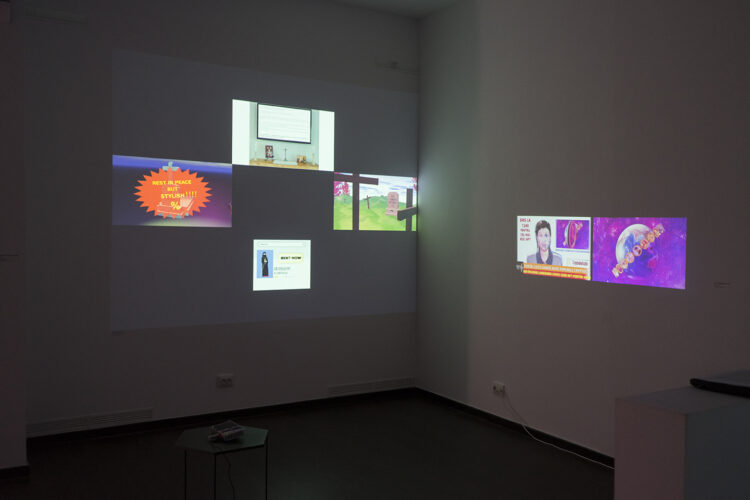
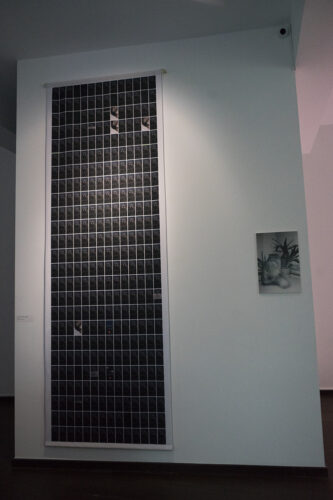
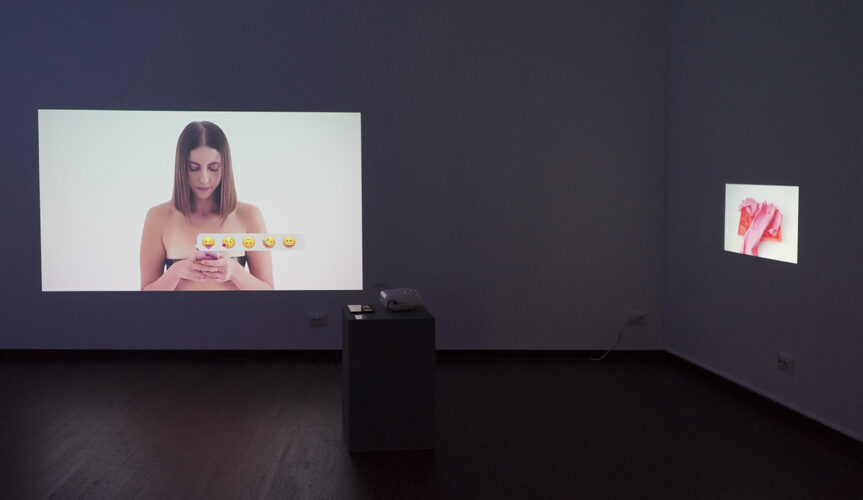
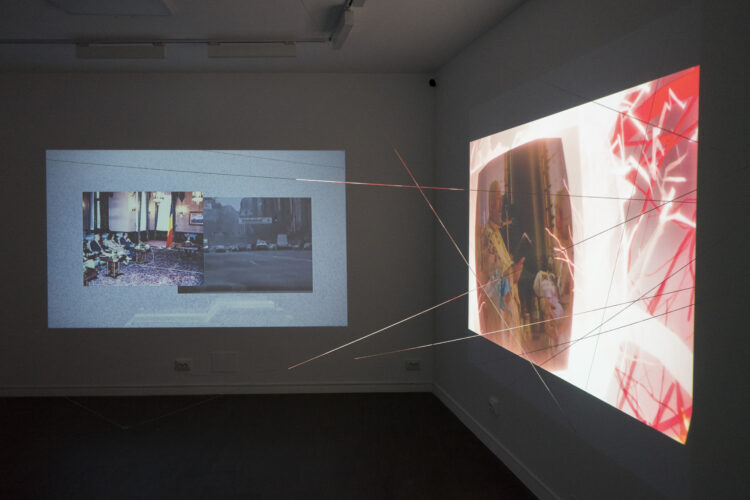
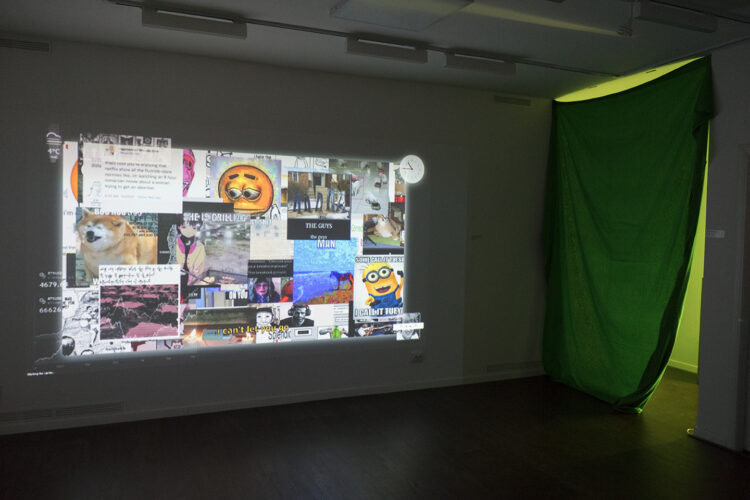
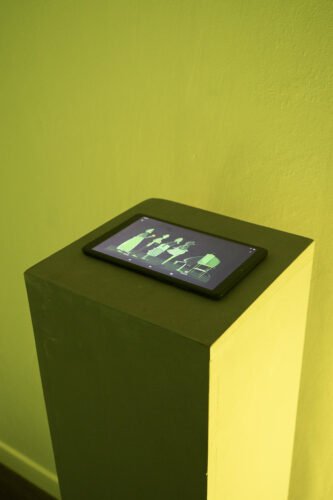
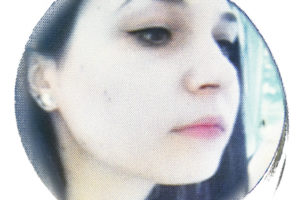
Comments are closed here.